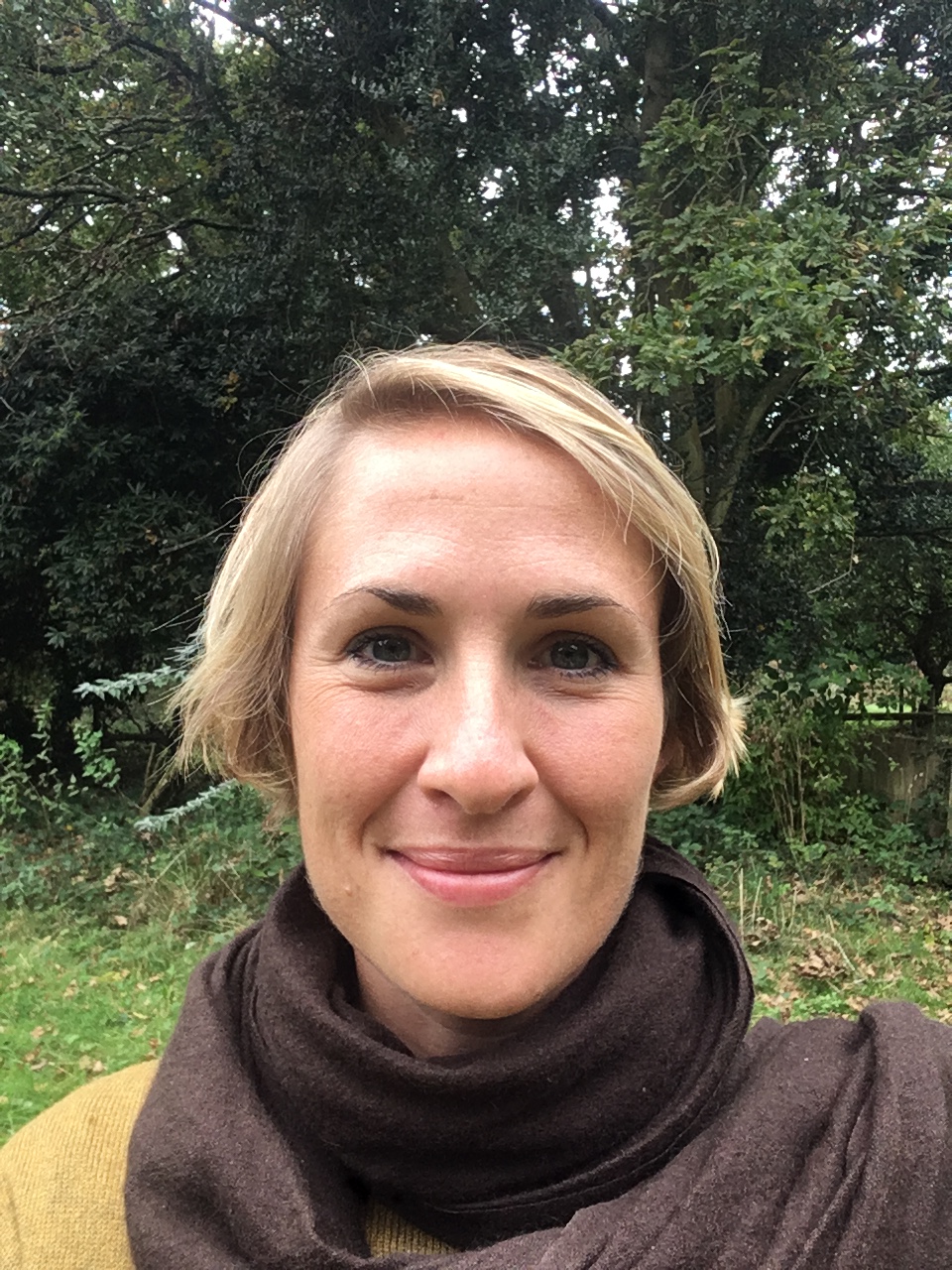October 2017
This conference will demonstrate the sector, advisors and landowners and managers all standing together to support landscape scale collaboration that delivers a healthy environment, thriving, sustainable agriculture and vibrant rural communities… with the farmers at the heart of the matter.
Now this doesn’t strike me as non-news. A conference is a gathering of minds on a current, emerging and important area. This conference certainly is a positive event to celebrate co-ordinated and focussed action to deliver maximum benefits for farming and the environment.
Farmer Clusters is a broad term which covers many models with the general aim of encouraging farmers, foresters and other land managers to work together to improve their local natural environment at a landscape scale. To date, over 60 initiatives have got off the ground throughout England. The concept builds on the principles of partnership working to deliver environmental benefits in response to the Lawton Report. In England the theory has been supported through Countryside Stewardship in the shape of the Facilitation Fund.
Butterfly Conservation fully supports landscape scale delivery models such as Farmer Clusters. This is how we have to work to save butterflies and moths from extinction. In 2012 we published the Landscape Scale Conservation Report. Whilst not framed as a Farmer Cluster model and definitely led by us rather than the farmers, 5 years on, the case studies in this report are more relevant now than ever: using data effectively to develop well targeted and cooperative action across landscapes to deliver environmental benefits. We are building upon the two Facilitation Fund projects that we already run in England and are looking even more towards the ethos of Farmer Clusters. The aim being that farmers take ownership of solving the problems and the NGOs and agencies will provide the data, support, advice and expertise as and when they need it.
The bigger picture:
Our partners at Wildlife Countryside Link have worked incredibly hard to pull together a detailed and visionary plan for the future of sustainable farming and land management. Whilst delivery on the ground may seem like a small component among trade deals, financing, regulation and targeting, to me and the work of Butterfly Conservation it’s all about inspiring those who are custodians of the farmed landscape. In the policy document Link states one of the key features of a Sustainable Farming and Land Management Policy would include ‘… a significant role in implementation for groups of farmers and land managers, something that may often build on existing networks. This would put peer-to-peer learning and advice at the centre of a future policy, enabling longer-term change and ownership of the policy objectives.’
The notion of Farmer Clusters isn’t without its critics, and without our critics we can become blinkered. There is no one solution to the challenges that the countryside and its agriculture faces. But instead let’s try stepping into it with an open mind so these initiatives support all kinds of land managers - big or small, commercial or ‘hobby’. Let’s make sure that the NGOs and statutory agencies continue to work together to provide the level of support and expertise tailored to each cluster’s needs.
Surely there’s nothing to lose in the environment sector standing together for landscape scale delivery that has farmers at the heart.
Katie Cruickshanks
Senior Ecologist, Butterfly Conservation
My role at Butterfly Conservation is ‘Senior Ecologist’ responsible for agriculture through the NE funded Farmland Butterfly and Moth Initiative, GIS data management and expansion of our policy work.
Follow @savebutterflies
The opinions expressed in this blog are the author’s and not necessarily those of the wider Link membership.




Latest Blog Posts